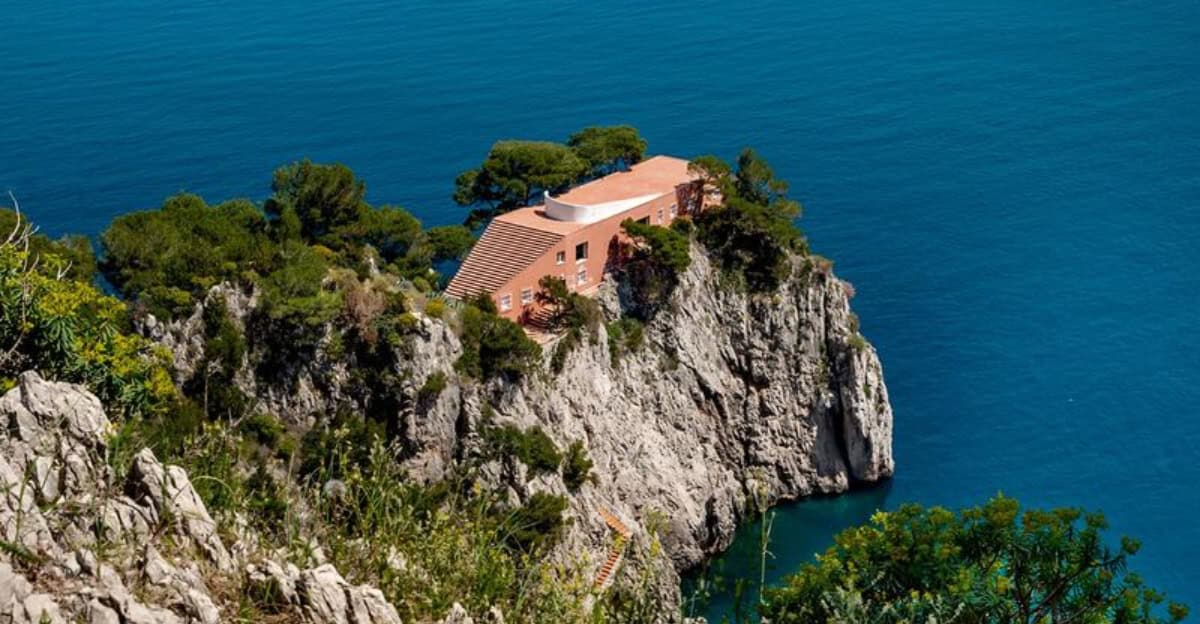Throughout history, certain homes have stood out not just for their architectural brilliance but for the visionary ideas they represented.
These homes were not merely structures; they were statements ahead of their time, challenging the norms and shaping the future of residential design.
Join us on a journey through the past century as we explore 10 homes from different decades, each a testament to human creativity and a harbinger of the architectural trends we see today.
1. The Gamble House (1908)
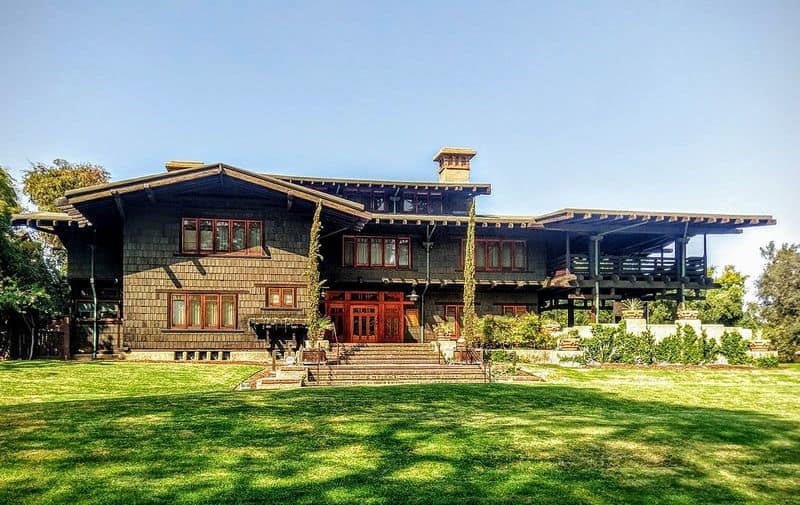
The Gamble House, designed by Greene & Greene, is a masterpiece of the American Arts and Crafts movement.
Nestled in Pasadena, California, this 1908 marvel showcases exquisite woodworking and meticulous craftsmanship.
As you approach, the earthy tones and intricate details immediately captivate. Inside, the warm glow of wood and art glass windows create an ambiance of elegance.
The integration of the home with its surrounding gardens reflects a harmonious blend with nature.
This home not only set a precedent for architectural beauty but also for sustainable design, emphasizing organic materials and handcrafted artistry.
2. Villa Savoye (1931)
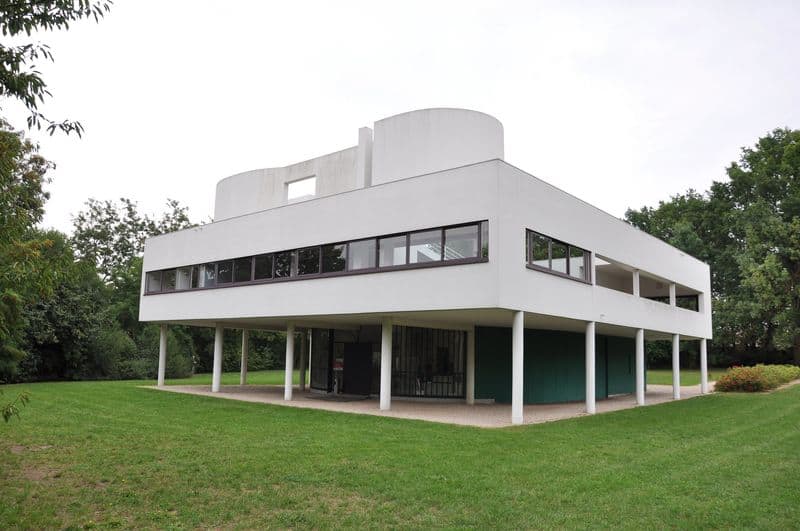
Le Corbusier’s Villa Savoye stands as a symbol of modernist architecture. Located in Poissy, France, this 1931 creation features a pristine white façade and a geometric form that challenges traditional design.
The open floor plan, flat roof, and horizontal windows introduced new possibilities in residential architecture.
As sunlight streams through expansive glass, the interior feels airy and connected to the outside world.
The pilotis lift the structure elegantly above the landscape. Villa Savoye redefined how space and light could be utilized, influencing countless architects and setting a new standard for modern homes.
3. Fallingwater (1939)
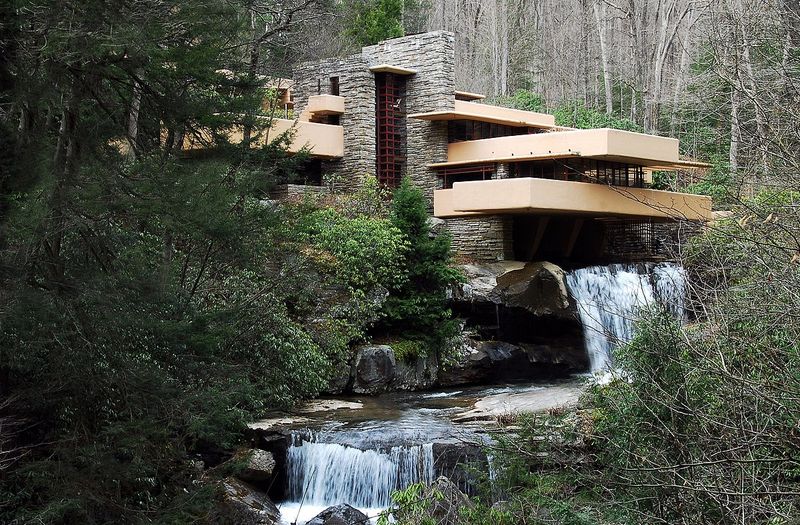
Frank Lloyd Wright’s Fallingwater is a breathtaking blend of architecture and nature. Built in 1939 over a waterfall in Pennsylvania, its dramatic cantilevered terraces seem to float amidst the forest.
The home’s design embraces the natural landscape, with stone walls echoing the surrounding rocks. Inside, large windows frame the picturesque views, blurring the line between indoors and out.
Wright’s vision was to create harmony, using natural materials that age gracefully.
Fallingwater remains a timeless icon, celebrated for its innovative approach to integrating architecture with the environment.
4. Eames House (1949)
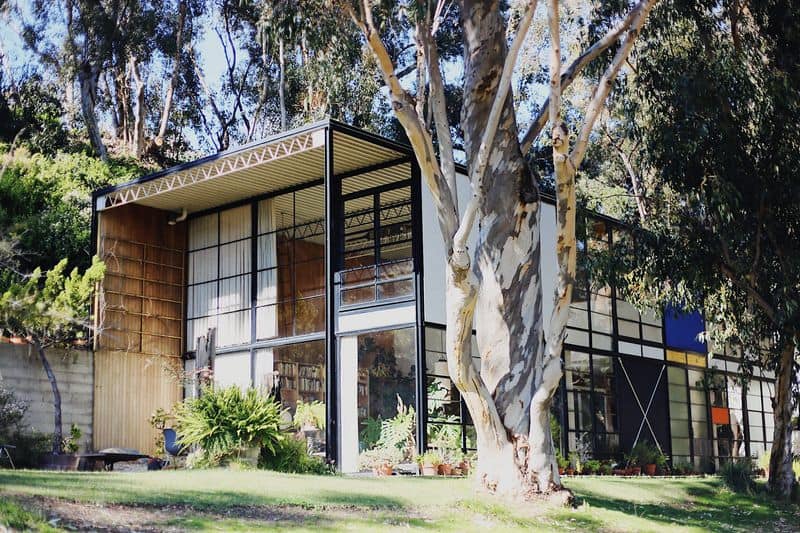
The Eames House, designed by Charles and Ray Eames in 1949, is a cheerful embodiment of post-war optimism.
Situated in Los Angeles, this home is a playful mix of color, glass, and steel. The structure’s simplicity belies its innovative approach to prefab construction.
Large glass panels invite the landscape into the living space, creating a dialogue between interior and exterior.
The Eames’ vision was to create a functional yet beautiful living space, reflecting their philosophy that design should serve everyone. This house continues to inspire with its joyful expression of modern life.
5. Glass House (1949)
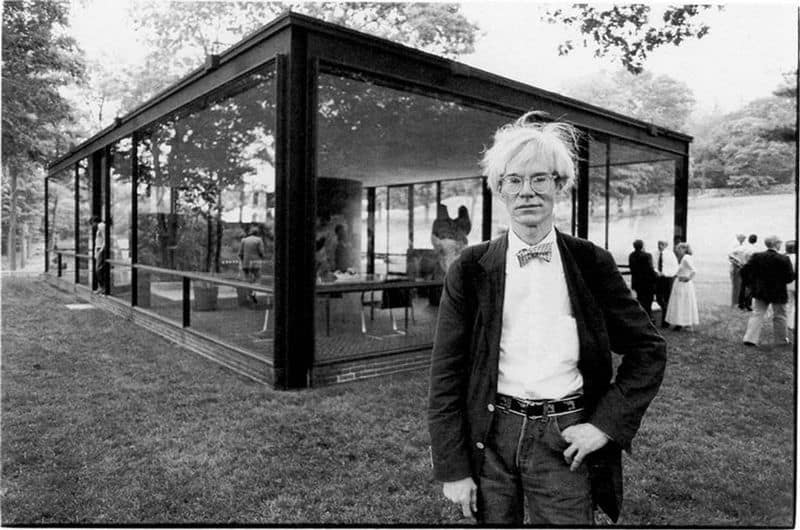
Philip Johnson’s Glass House is an exercise in transparency and simplicity.
Completed in 1949 in New Canaan, Connecticut, this house’s walls are entirely glass, offering an unobstructed view of the surrounding landscape.
The minimalist interior is a stark contrast to opulent designs of the past. Johnson’s bold vision was to challenge the notion of private space, inviting the outdoors in.
The structure’s purity and clarity represent a radical departure from conventional residential architecture. It stands as a testament to the beauty of simplicity and the power of innovative design.
6. Casa Malaparte (1942)
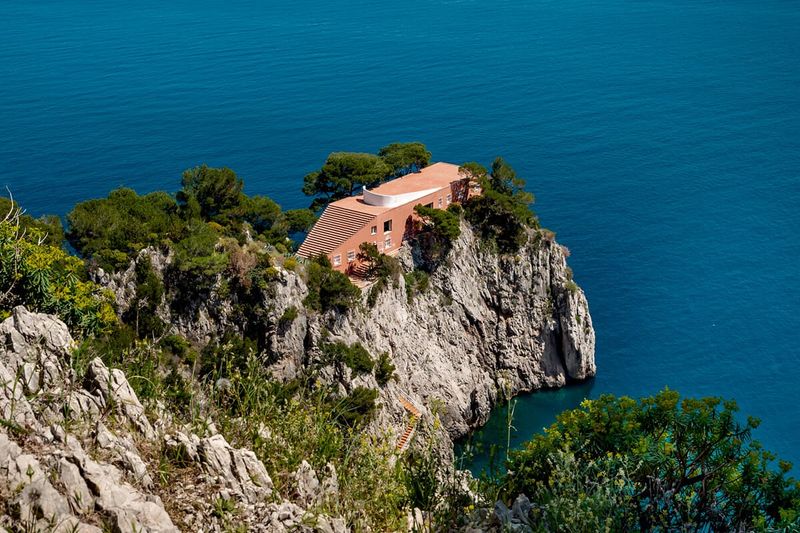
Perched dramatically on a cliff in Capri, Italy, Casa Malaparte is a stunning example of bold architectural expression.
Completed in 1942, its striking red facade and unique design stand in stark contrast to the natural landscape.
The rooftop terrace offers panoramic views of the Mediterranean, perfect for reflection or artistic inspiration.
Curzio Malaparte’s vision was to create a space that was both a retreat and a statement, challenging conventional notions of residential design.
This house is a testament to individuality and the power of architecture to evoke emotion and provoke thought.
7. Farnsworth House (1951)
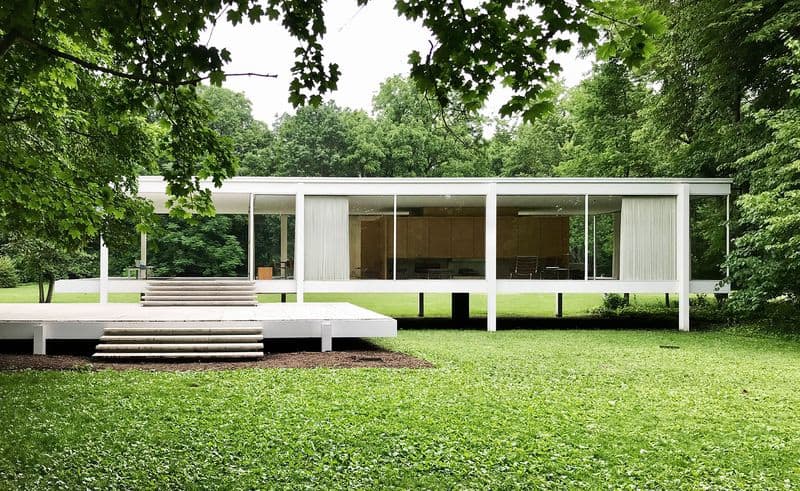
Mies van der Rohe’s Farnsworth House epitomizes minimalist modernism. Built in 1951 in Plano, Illinois, this transparent structure floats above the ground, framed by nature.
The use of glass and steel creates an open, airy quality, blurring the lines between indoor and outdoor spaces. Every element is meticulously crafted to achieve balance and harmony.
Mies’s philosophy of ‘less is more’ resonates throughout the design, emphasizing simplicity and functionality.
The Farnsworth House remains a masterpiece of modern architecture, revered for its purity and elegance.
8. Habitat 67 (1967)
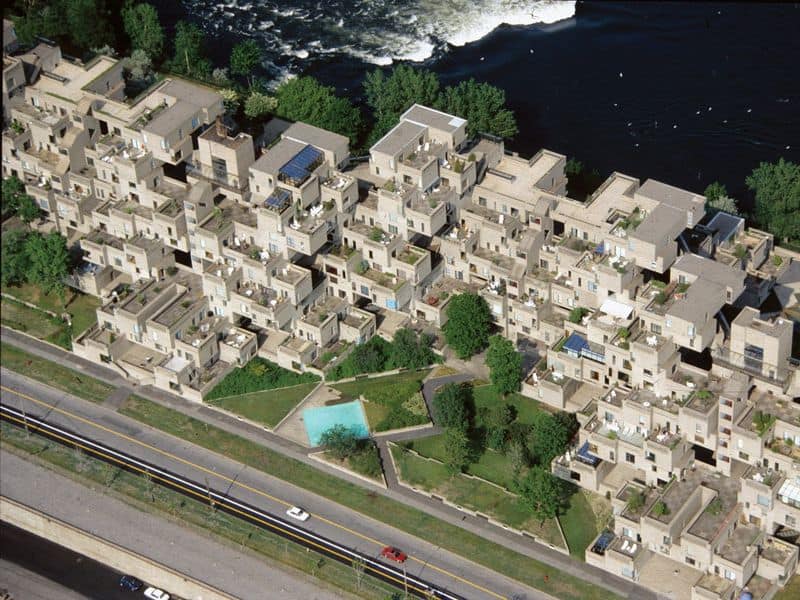
Habitat 67, designed by Moshe Safdie for the 1967 World Expo in Montreal, is a pioneering vision of urban living.
This modular housing complex consists of interlocking concrete cubes, each unit offering unique living spaces.
The innovative design provides privacy while maintaining connectivity with neighboring units. Safdie’s goal was to create affordable, sustainable housing that felt like individual homes rather than apartments.
Habitat 67 challenges traditional urban housing concepts and continues to inspire architects with its bold vision of community-centered living.
9. Palais Bulles (1989)
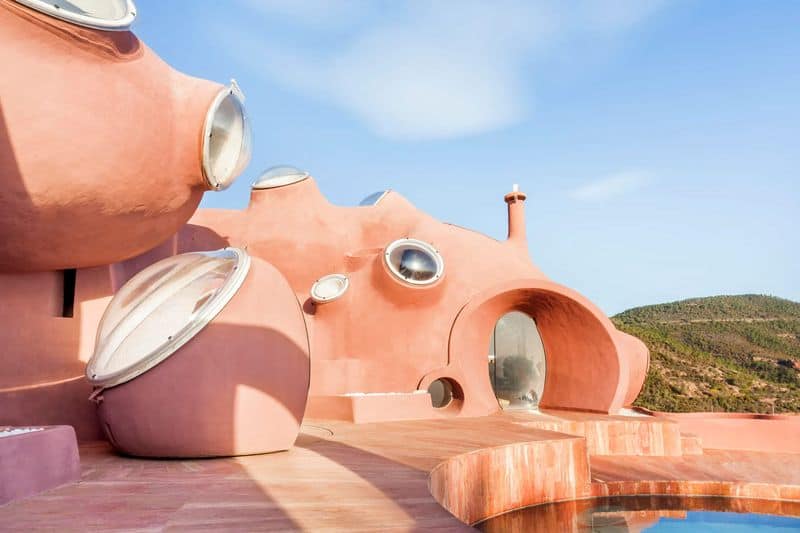
In the heart of the French Riviera lies a house that seems plucked straight from a science fiction novel. The Palais Bulles, or Bubble Palace, was designed by architect Antti Lovag for industrialist Pierre Bernard.
This extraordinary residence, with its spherical rooms and organic shapes, defies architectural norms and embraces the concept of curves.
Its seamless integration with the surrounding landscape creates a harmonious blend of art and nature. With its panoramic views of the Mediterranean Sea, the Palais Bulles offers a visual feast.
The house’s interior is just as striking with its bright colors and unconventional furniture, making it a whimsical yet functional living space. Wouldn’t you love to step into this architectural dream?
10. The Bioscleave House (2008)
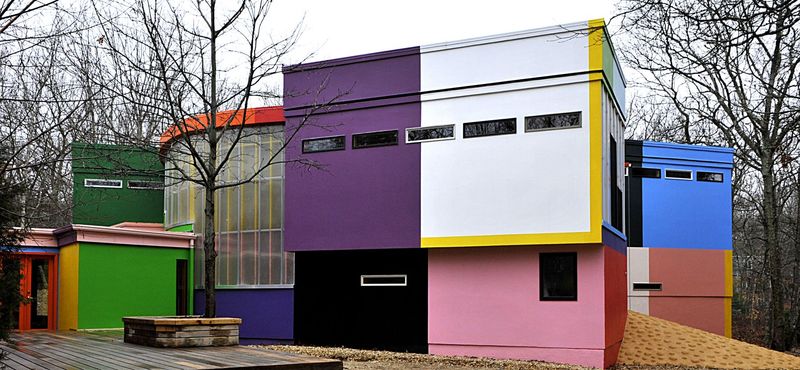
The Bioscleave House, or Lifespan Extending Villa, challenges conventional living with its playful design. Completed in 2008 in East Hampton, New York, this house features uneven floors and vibrant colors.
The architects, Arakawa and Gins, aimed to engage occupants’ senses and encourage active living. The unconventional layout invites exploration and interaction, making daily activities an adventure.
This whimsical approach to design breaks away from traditional norms, promoting a lifestyle of curiosity and vitality.
The Bioscleave House remains a provocative example of how architecture can influence and enrich everyday life.

